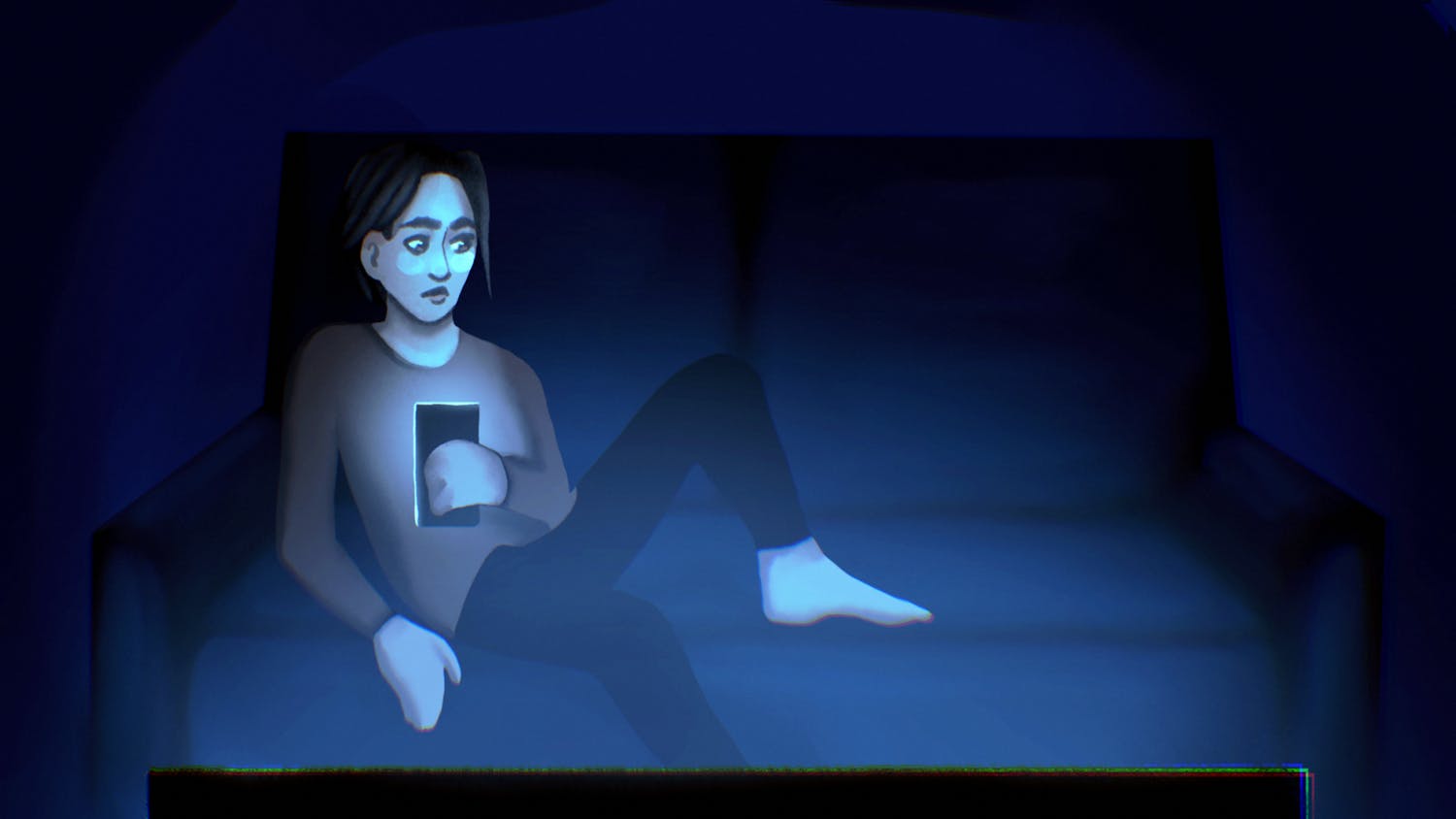Never heard of "Jigoku?" Well count me in as a member of a large group of people who've probably never heard of this Japanese horror classic. \nLiterally translated into "Hell," "Jigoku" is a rather bold piece of filmmaking from Japan that was made way back in 1960. Two students, Shiro (Shigeru Amachi) and Tamura (Yoichi Numata), are driving along on a country road when suddenly a drunken man appears out of nowhere, and they run over him. Of course they speed off, all the while Shiro condemning his friend for the terrible deed, but this sad event in Shiro's life is only the beginning of what one might call "hell on Earth." \nThere are no monsters here. No creepy girls with jet black hair covering their faces nor vengeful brutes wielding weapons. Shiro's life is turned to ashes as everyone around him begins to pass away either by accident, serious illness or suicide. When Shiro's time finally comes, all of these people are seen again in the underworld. \nImagine Dante's "Inferno" but placed within a Buddhist context rather than a Christian one. Hell is a dark void littered with the forsaken. For being made in 1960, "Jigoku" smashes any sort of ratings system for the time; surely, nowadays, it would be given an R. People swimming in lakes of blood, bodies cut in half by enormous saws and crushed under spiked hammers -- Hell is one frightening place. \nWhile the DVD extras aren't plentiful, they are wholly educating. A 40-minute documentary, "Building the Inferno," gives some of Nakagawa's closest collaborators and director Kiyoshi Kurosawa ("Cure," "Pulse") a chance to elaborate on the film. As Kurosawa states, for its time, "Jigoku" would've had no real genre classification because a horror film had never been made before in Japan. Many of them agree, adding in the fact that Shintoho, the studio which released the film, was responsible for much of the controversial work floating around cinemas at the time. An essay provided by critic Chuck Stephens furthers this point by giving a broad historical background on Shintoho while also pointing out the fact that "Jigoku" was Nakagawa's first crack at such a film. Also included is a poster gallery featuring some of the studio's most bizarre work. \nWhether you're looking for a good scare or just an Asian horror fix, why not give "Jigoku" some attention? There's plenty of dark visual flair to be taken in from a poetically stylistic level while also giving the gore-hounds viewing material that would make even David Cronenberg blush.
To Hell and back
Get stories like this in your inbox
Subscribe





